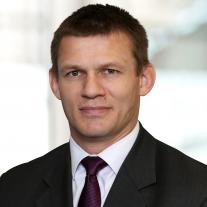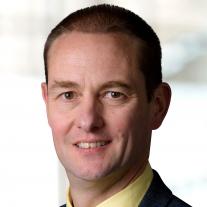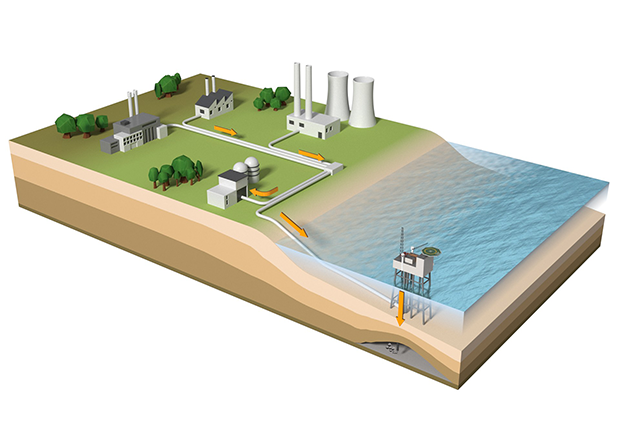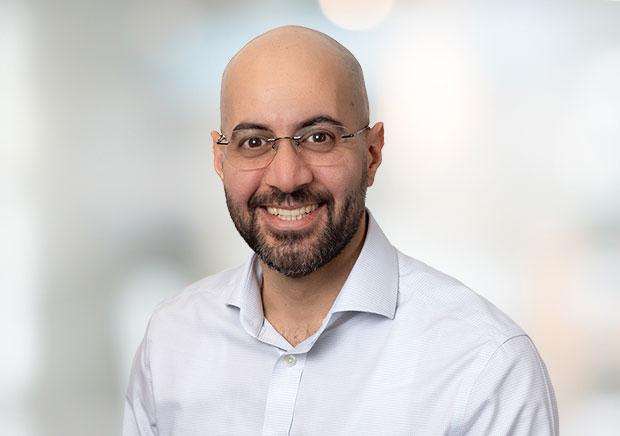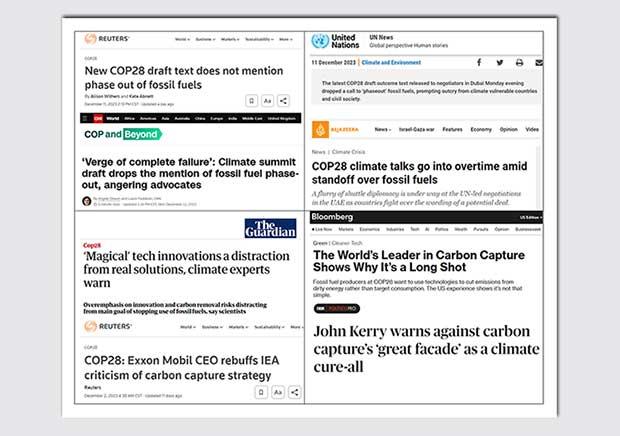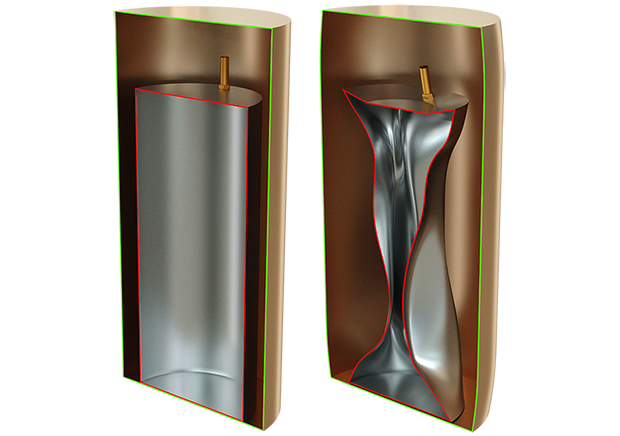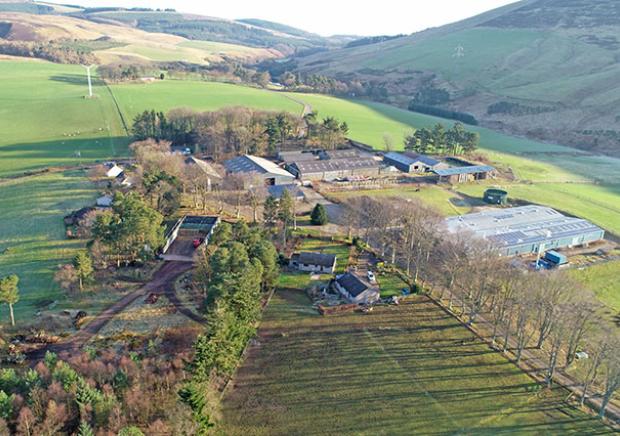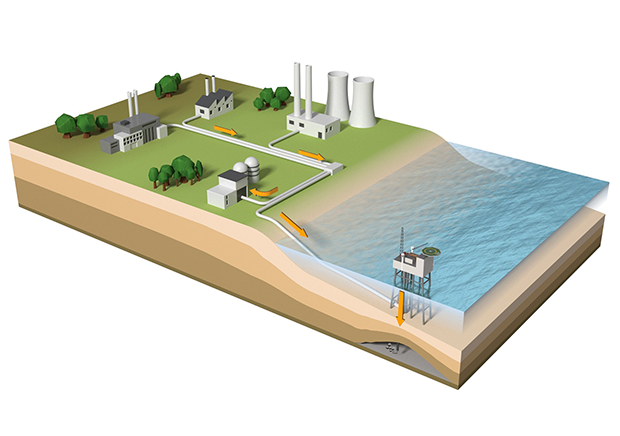Decarbonizing the Energy Industry
We’re working to decarbonize the world’s largest sources of greenhouse gas emissions.
We’re helping decarbonize the power sector and heavy industry in every way: Supporting the safe deployment of carbon capture and storage technologies. Improving the safety of energy storage facilities. Developing novel foundation and mooring concepts for offshore wind farms. Contributing to the development of next-generation modular reactors. And electrifying transportation systems.
Our decarbonization solutions can benefit you in a wide variety of areas:
- Risk management. We evaluate and mitigate the risks associated with development and operation of onshore and offshore energy facilities, including wind farms, subsea CO2 transportation infrastructure and injection facilities, hydrogen storage, utility-scale energy-storage systems and advanced nuclear reactors.
- Clean energy. We provide engineering support for clean-energy sources like wind, solar, hydrogen, geothermal and nuclear power.
- Energy storage systems. We’re advancing technologies for better, more efficient energy storage, reducing the risk of thermal runaway and developing fire protection.
- Technology. We develop unique technologies and solutions to enable a transition to clean energy.

